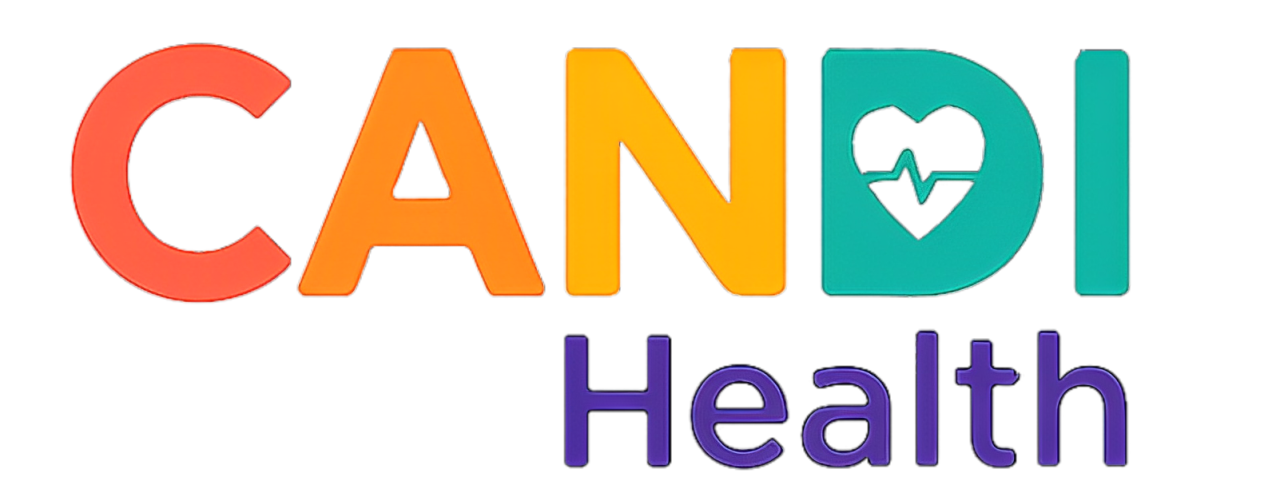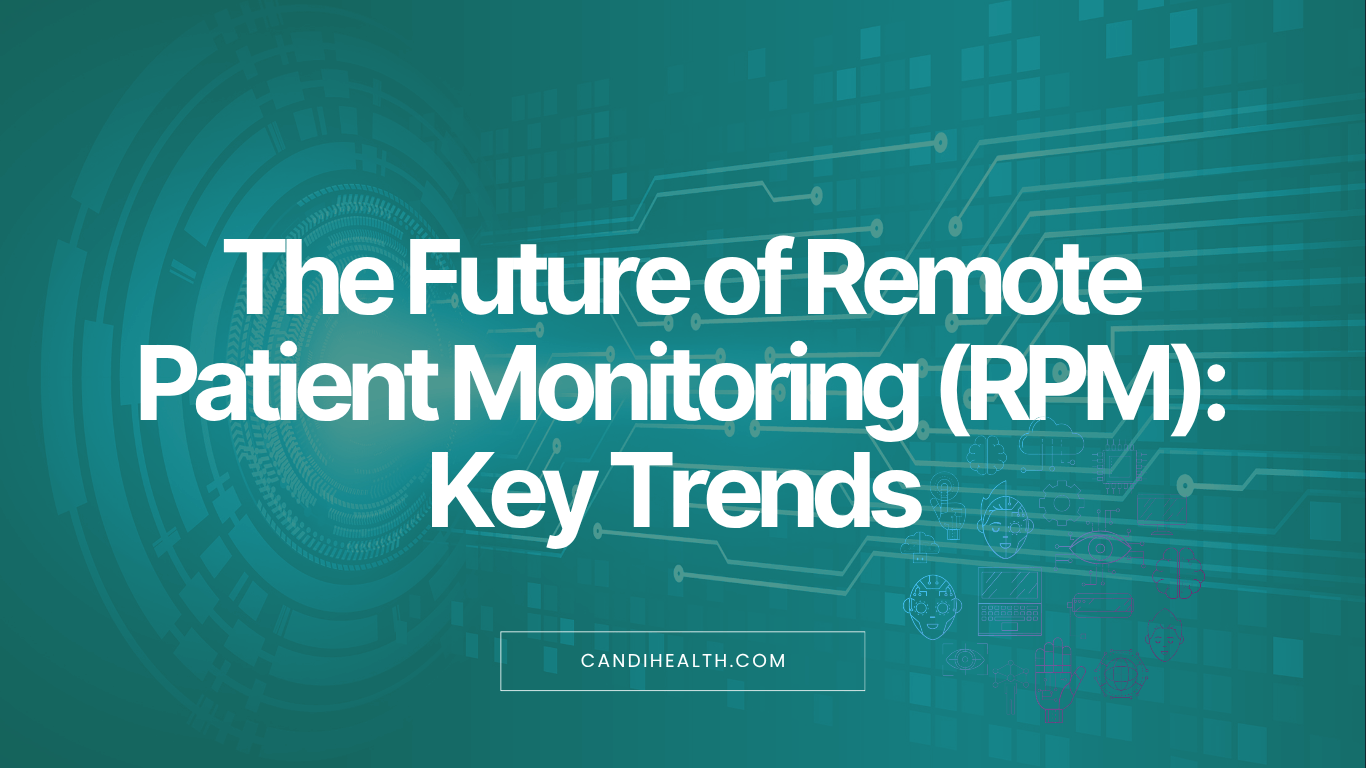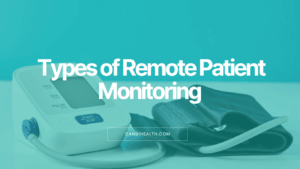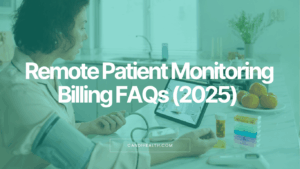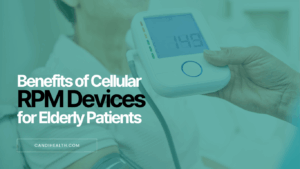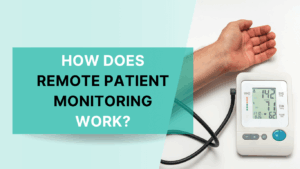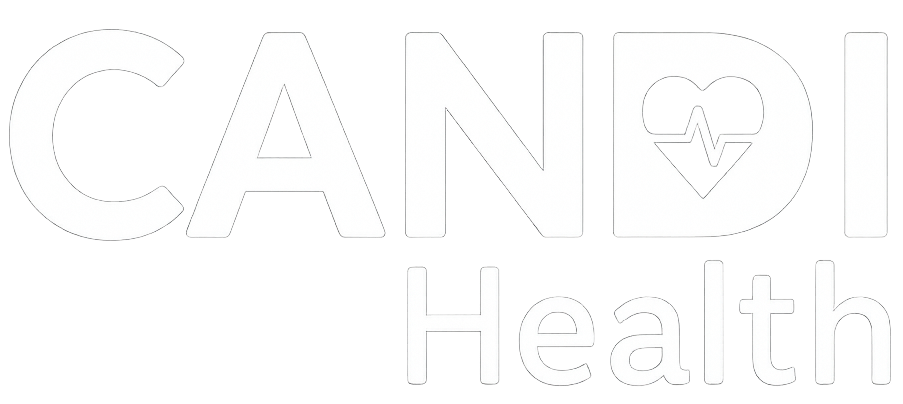In 2019, Medicare spent only $6.8 million on RPM services. By 2023, that number jumped to $194 million, showing how fast clinics and patients are adopting this technology. Analysts expect the global RPM market to reach over $55 billion by 2030, driven by better devices, wider internet access, and growing trust in digital care.
RPM makes healthcare more proactive. Instead of reacting when patients get sick, doctors can now act early, using real-time data to spot risks and prevent hospital visits. For patients with chronic diseases like hypertension or diabetes, this means more comfort, safety, and control over their health.
The future of remote patient monitoring is about smarter, connected care. In this blog, we’ll look at the key trends, technologies, and challenges shaping the next generation of RPM.
Market & Growth Trends in Remote Patient Monitoring
Remote Patient Monitoring (RPM) is growing rapidly. Let’s look at the latest numbers and what they mean.
Key Numbers & Market Forecasts
- In 2023, the global RPM market was estimated at US $24.39 billion, growing to US $27.72 billion in 2024. It is projected to reach US $56.94 billion by 2030, with a growth rate (CAGR) of about 12.7% per year.(MarketsandMarkets)
- The device side of RPM is booming too: the global RPM devices market is expected to rise from ≈ USD 18.4 billion in 2025 to USD 57.5 billion by 2034 (CAGR ~13.5%) (Global Market Insights Inc)
- Some reports estimate even more aggressive growth: the “remote patient monitoring systems” segment was valued at USD 22.03 billion in 2024 and could reach USD 110.71 billion by 2033, with CAGR ~19.8% (Grand View Research)
- In the U.S. Medicare / CMS context: payments for RPM have exploded. In 2019, CMS paid about USD 5.5 million for RPM. By 2020, that jumped nearly 9-fold to USD 41.5 million; by 2021 it exceeded USD 101 million. (PMC)
- RPM claim volume under Medicare saw a dramatic increase from January 2019 to November 2022, a rise of 1,294% in total claims volume. (Dialog Health+1)
- Use of RPM is also broadening among U.S. patients: by 2025, it’s estimated that over 71 million Americans (about 26% of the population) will use some form of RPM service. (IntuitionLabs+1)
What’s Driving This Growth
Here are key factors pushing RPM forward:
1. Chronic Disease Load
Diseases like diabetes, hypertension, heart failure require constant monitoring. RPM helps clinicians spot warning signals before things go bad.
2. Better Tech, Lower Cost
Sensors, connectivity (Bluetooth, 5G), data platforms, and battery tech are improving. Devices are smaller, smarter, cheaper, and more accurate.
3. Policy & Reimbursement Support
Many health systems, insurers, and national programs now reimburse RPM. For example, CMS expanded RPM-related billing codes in 2019
4. COVID-19 & Behavioral Shift
The pandemic forced many providers and patients to adopt remote care. That sudden shift accelerated adoption, and many systems kept the momentum.
5. Greater Provider Adoption
Although many providers were slow to begin, RPM claims and usage are rising sharply. But some gaps remain — only a quarter of providers may be fully engaged yet.
How RPM Is Changing Care Delivery
Remote Patient Monitoring (RPM) is changing healthcare delivery by helping both patients and clinicians. Here’s how RPM is shaping the future of healthcare.
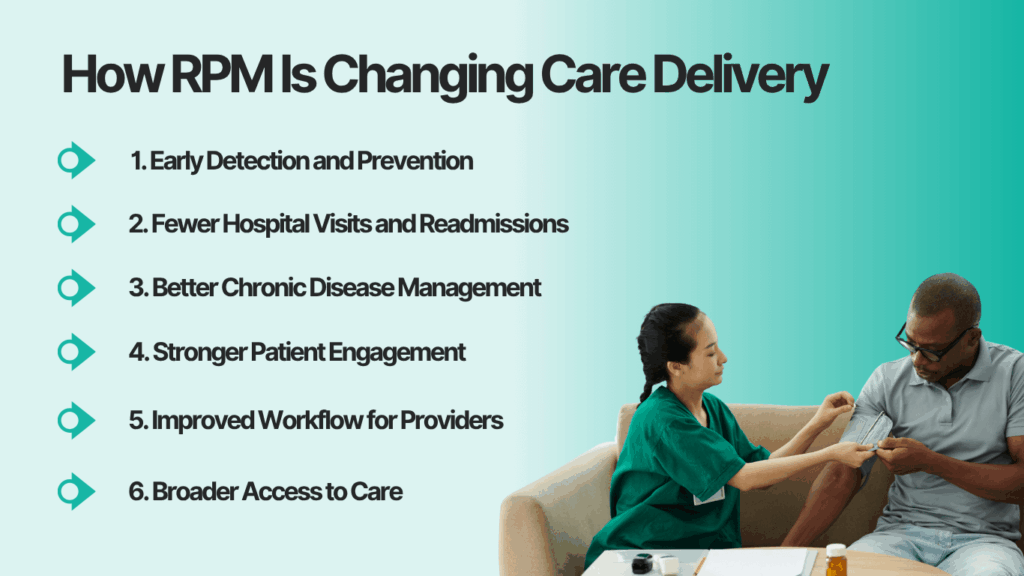
1. Early Detection and Prevention
With RPM, doctors don’t have to wait for clinic visits to spot a problem. Daily readings from devices show patterns that might go unnoticed otherwise. If a patient’s blood pressure or heart rate starts to rise, the care team can respond early, often preventing a hospital trip. This shift from reactive to proactive care is one of RPM’s biggest strengths.
2. Fewer Hospital Visits and Readmissions
Hospitals are expensive, and frequent visits are stressful for patients. Studies show that consistent use of RPM can reduce hospital readmissions by up to 40%, especially for people with chronic heart or lung conditions. By tracking health remotely, clinics can catch small issues before they turn serious, saving both time and cost.
3. Better Chronic Disease Management
Chronic diseases like hypertension and diabetes need constant attention. RPM gives patients a way to manage these conditions daily. Doctors can review trends, adjust medication, and check compliance without an office visit. This continuous support leads to steadier readings and better long-term control.
4. Stronger Patient Engagement
RPM helps patients become active partners in their care. Seeing their progress on a dashboard or receiving reminders makes them feel more involved and responsible. Many patients say remote monitoring gives them peace of mind because they know their doctor is keeping an eye on them between appointments.
5. Improved Workflow for Providers
For healthcare teams, RPM streamlines work. Instead of calling every patient manually, automated alerts highlight who needs immediate attention. That means doctors and nurses spend their time where it’s needed most. Clinics using digital dashboards report improved efficiency and patient satisfaction scores.
6. Broader Access to Care
In rural or underserved areas, reaching a hospital can be hard. RPM closes that gap. With connected devices and better internet coverage, patients in remote regions can receive the same level of care as those in major cities. This helps make healthcare more equitable and accessible.
Technologies and Innovations Shaping the Future of RPM
The next phase of Remote Patient Monitoring (RPM) will be driven by smarter technology, real-time data, and AI-powered tools. These innovations are making healthcare more proactive, connected, and patient-centered than ever before.
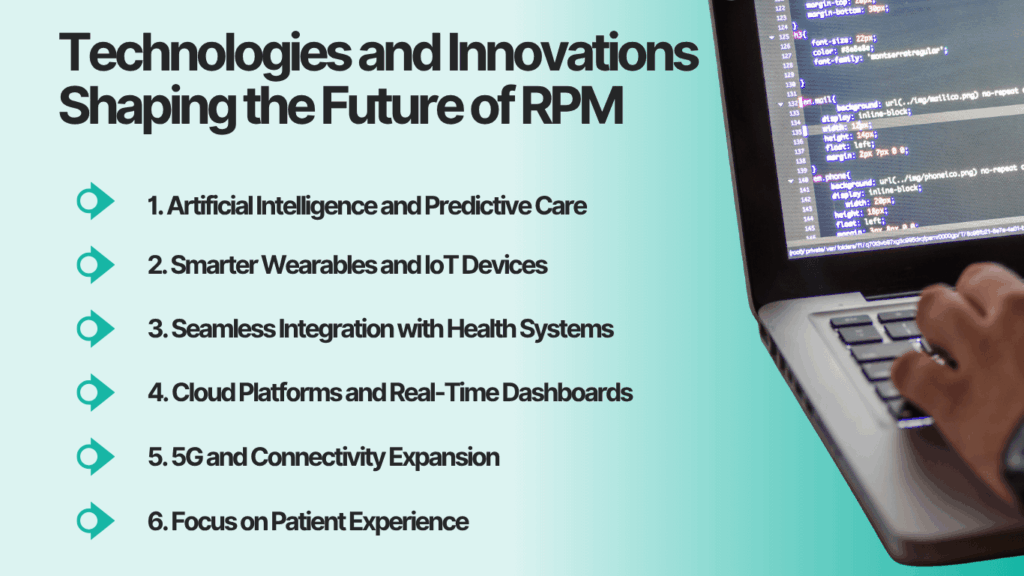
1. Artificial Intelligence and Predictive Care
AI is helping doctors do more than just track numbers. By studying large sets of patient data, AI can predict when someone’s condition may worsen. For example, if a patient’s blood pressure readings slowly rise, the system can alert the care team before it becomes an emergency. This kind of predictive care could help reduce hospital readmissions and prevent costly complications.
2. Smarter Wearables and IoT Devices
Wearable devices have moved beyond basic fitness trackers. Modern RPM tools now include continuous glucose monitors, smart blood pressure cuffs, and multi-sensor patches that track heart rate, oxygen, and even sleep quality. These devices are getting smaller, cheaper, and more accurate, making them easier for patients to use daily.
3. Seamless Integration with Health Systems
For RPM to work well, the data it collects must reach doctors quickly and securely. New healthcare APIs and standards like FHIR (Fast Healthcare Interoperability Resources) allow RPM systems to connect directly with hospital software and electronic health records (EHRs). This integration helps doctors see a full picture of each patient’s health without switching platforms.
4. Cloud Platforms and Real-Time Dashboards
Cloud-based RPM platforms like CandiHealth let care teams monitor hundreds of patients at once. They organize live data, create visual alerts for unusual readings, and send reminders to patients who forget to take a reading. These systems make remote care more scalable for clinics of all sizes.
5. 5G and Connectivity Expansion
Fast and stable internet is key to effective remote monitoring. With the spread of 5G, even rural and remote areas can support high-speed health data transfers. That means more patients can join RPM programs.
6. Focus on Patient Experience
The most important shift is toward patient empowerment. RPM tools are now being designed with the user in mind — with simple apps, voice reminders, and educational tips. Patients can see their own progress, which helps them stay motivated and more involved in their treatment.
Challenges and Barriers in the Future of RPM
Even with rapid growth, Remote Patient Monitoring (RPM) still faces hurdles that must be addressed for it to reach its full potential. Understanding these challenges helps clinics, tech companies, and policymakers make smarter decisions.
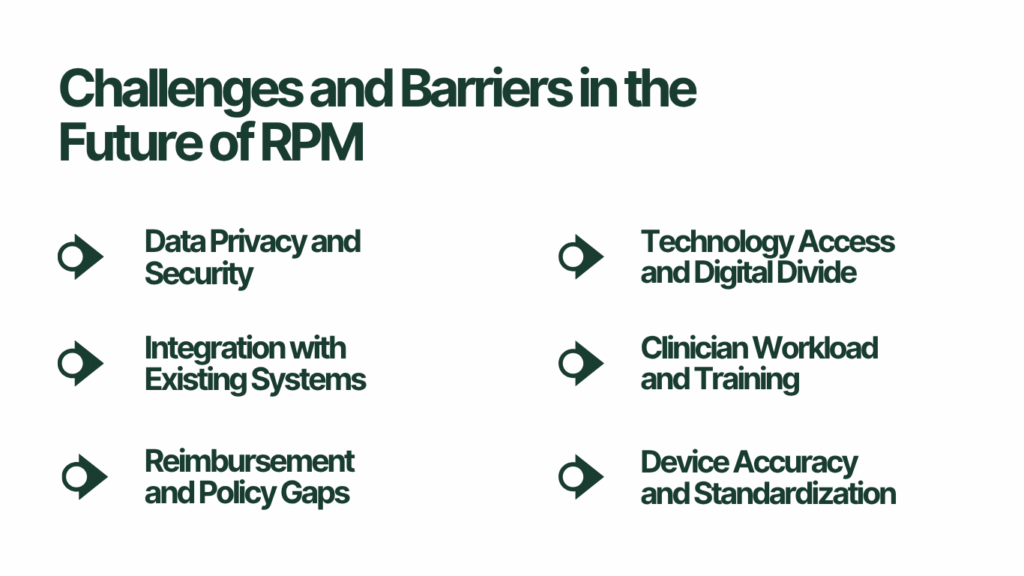
1. Data Privacy and Security
RPM systems collect sensitive health information every day. If not properly protected, that data can be at risk. Ensuring HIPAA compliance, using secure servers, and encrypting all transmissions are critical steps. Patients need to trust that their personal data is safe when shared through apps and connected devices.
2. Integration with Existing Systems
Many hospitals still rely on older software that doesn’t connect easily with new RPM platforms. This lack of interoperability can cause delays and errors in patient care. The future of RPM depends on better data sharing through standards like FHIR and secure APIs that help systems “talk” to each other.
3. Reimbursement and Policy Gaps
While Medicare and many private insurers now pay for RPM, not all regions or conditions are covered. Smaller clinics often find the billing process complex and time-consuming. Consistent reimbursement rules and simpler coding guidelines would encourage more providers to offer RPM services.
4. Technology Access and Digital Divide
Not every patient has access to reliable internet or smart devices. This gap, often seen in rural or low-income communities, can make RPM harder to adopt. To ensure equal access, programs need to include low-cost devices, cellular-enabled options, and support in multiple languages.
5. Clinician Workload and Training
While RPM saves time in the long run, it can feel overwhelming at first. Doctors and nurses need training to interpret incoming data and respond efficiently. Without proper workflows and automation, too many alerts can lead to “data fatigue” where teams overlook important trends.
6. Device Accuracy and Standardization
Not all devices measure health data equally well. Some lack medical-grade accuracy or clear validation studies. The future of RPM will depend on FDA-approved, clinically tested devices that deliver consistent results.
Final Thoughts: What the Future Holds for RPM
Remote Patient Monitoring (RPM) has already changed how care is delivered, but its biggest impact is still ahead. With smarter technology, faster data sharing, and growing patient trust, RPM is moving from a support tool to a core part of everyday healthcare.
By 2030, we’ll likely see more hospitals running virtual wards, more patients using AI-powered devices, and more doctors relying on real-time data instead of periodic visits. This shift will make healthcare more preventive, personal, and continuous.
Still, success depends on solving key challenges, from data privacy and device accuracy to equal access and clearer reimbursement rules. Once these barriers are addressed, RPM will help prevent disease, reduce hospital costs, and improve quality of life for millions.
FAQs on the Future of Remote Patient Monitoring
1. What is the future of remote patient monitoring?
The future of Remote Patient Monitoring (RPM) lies in smarter, AI-powered care. By 2030, RPM will move beyond tracking vitals to predicting health risks before symptoms appear. Connected devices, real-time dashboards, and machine learning will help doctors act faster and personalize care for each patient.
2. What is the market size of remote patient monitoring?
According to industry reports, the global RPM market was valued at about $27 billion in 2024 and is expected to reach over $55 billion by 2030, growing at an annual rate of nearly 12 %. The U.S. leads adoption, supported by Medicare reimbursement and expanded telehealth programs.
3. Why is remote patient monitoring important?
RPM keeps patients connected to their doctors between visits. It helps detect early warning signs, prevent hospital readmissions, and improve chronic-disease management. For patients, it offers comfort and confidence. For providers, it saves time, cuts costs, and improves outcomes.
4. What are the challenges of remote patient monitoring?
The biggest hurdles include protecting patient data, ensuring device accuracy, integrating with hospital systems, and making RPM accessible to everyone — especially in rural areas. Clearer reimbursement rules and better training for care teams will help overcome these challenges.
